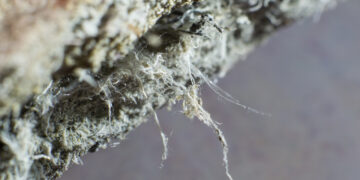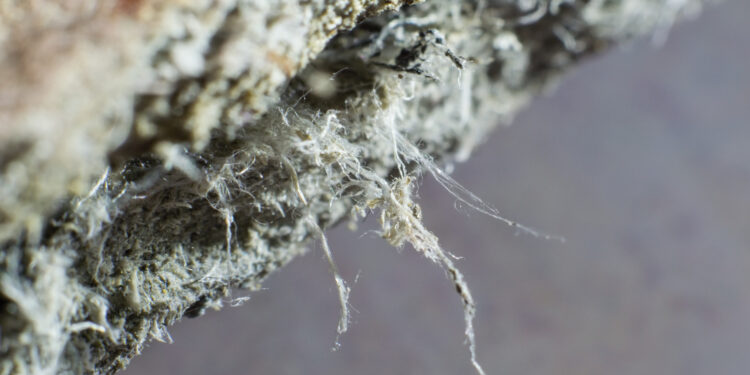Login to Continue Learning
Scientists have detected Medium Chain Chlorinated Paraffins (MCCPs) in the Western Hemisphere’s air for the first time. This discovery, published in ACS Environmental Au, came during a month-long field campaign in Oklahoma by researchers from the University of Colorado Boulder. The team used a high-resolution chemical ionization mass spectrometer to study aerosol particle formation in the atmosphere.
While they expected to find known compounds, their instruments registered isotopic patterns that led to the identification of MCCPs—pollutants previously detected only in Asia and Antarctica but never before in North American air.
Ellie Browne, a CU Boulder chemistry professor and co-author of the study, explained: “When we first realized we had measured MCCPs, we were intrigued and cautious. Since we hadn’t planned on measuring these compounds, we needed to learn about them and ensure our measurements were accurate.”
Once they confirmed detection in the atmosphere, Browne said, “We recognized the importance of these measurements and were excited to contribute to understanding how these compounds move through the environment and impact people’s lives.”
MCCPs are used in metalworking, PVC plastics, and textiles. Emissions occur throughout their lifecycle, including manufacture, use, and disposal.
Like SCCPs—short-chain chlorinated paraffins, which are regulated—MCCPs resist degradation and can travel long distances. Because SCCPs have been phased out under U.S. Environmental Protection Agency and Stockholm Convention regulations, MCCPs have become more common despite previously being hard to find in North American tests.
Browne noted, “We always see unintended consequences from regulation where products are replaced by something else.” Researchers suspect the MCCPs they found originated from biosolid fertilizers—waste byproducts from sewage treatment—applied to nearby farmland.
While one exposure might not be harmful, repeated and continued exposure is concerning due to these chemicals’ long-term presence in the environment and living organisms. Measurements like this are crucial for evaluating how these compounds move through and build up in the environment, informing when and how people are exposed, and protecting public health.
The team plans to continue studying MCCP distribution and prevalence but acknowledges that future studies depend on funding. Understanding our health impacts from air we breathe, drinking water, and food requires measuring what’s present in each medium.
Browne concluded, “Our measurements enhance understanding of how MCCPs move through the environment and expose us to these compounds. However, more measurements and investigations are needed to fully understand the problem. We are excited about our contributions to awareness and investigation into MCCPs, recognizing that keeping communities healthy requires scientific funding.”
📚 Reading Comprehension Quiz
Where were Medium Chain Chlorinated Paraffins (MCCPs) detected for the first time in the Western Hemisphere?
Please login or register to take the quiz and earn points!



















